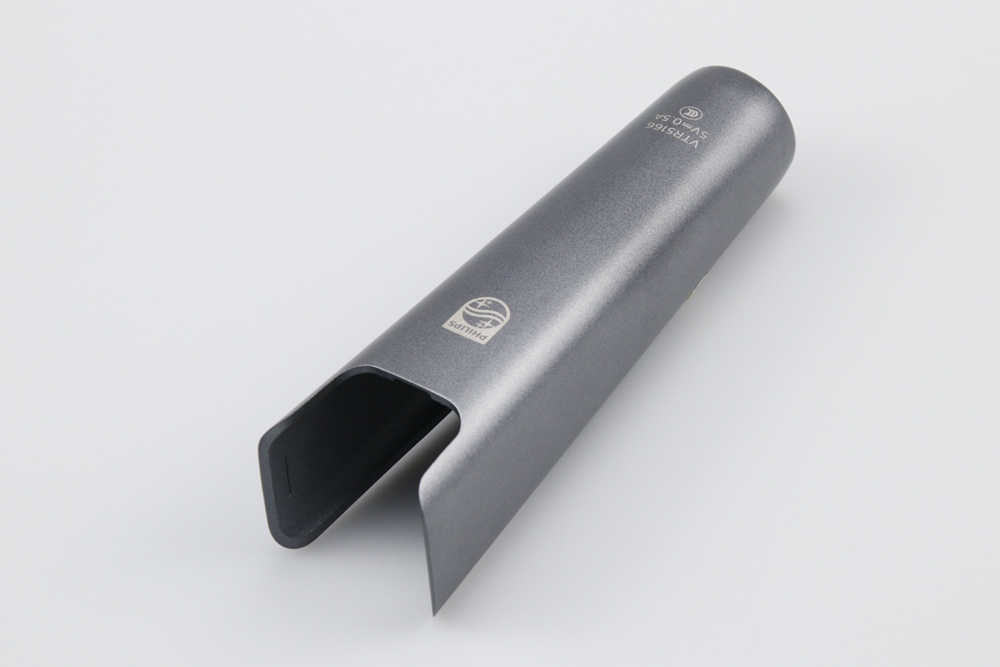Common Post-Processing Processes for Aluminum Die Casting

Machining
Description: Precision machining involves drilling, tapping, milling, and turning to refine the dimensions and add features that are not achievable through the casting process alone.
Drilling: Creating precise holes for screws, bolts, and other fasteners.
Tapping: Adding threads to holes for screws and bolts.
Milling: Removing material to create flat surfaces, slots, and complex geometries.
Turning: Rotating the part against a cutting tool to create round shapes and precise diameters.
Purpose: These operations ensure tight tolerances, high precision, and complex geometries, critical for the functional performance and assembly of charging gun housings.
Deburring and Polishing
Description:
Deburring: Removing sharp edges, burrs, and residual material from the casting process using methods like filing, grinding, or specialized deburring machines.
Polishing: Smoothing the surface to achieve a glossy finish, often using abrasive wheels or polishing compounds.
Purpose:
Safety: Eliminating sharp edges to prevent injury during handling and use.
Aesthetics: Enhancing the visual appeal of the component.
Fit and Function: Ensuring that parts fit together correctly without interference from burrs or rough edges.
Heat Treatment
Description: Heat treatment processes, such as aging or annealing, alter the microstructure of aluminum to enhance its mechanical properties.
Aging: Heating the aluminum to a specific temperature and holding it there to precipitate out certain elements, increasing strength and hardness.
Annealing: Heating the aluminum to a high temperature, then slowly cooling it to remove internal stresses and increase flexibility.
Purpose: To improve the strength, hardness, and flexibility of the aluminum casting, making it more durable and better suited for its intended application.
Surface Treatment
Anodizing
Process Overview: An electrochemical process that forms a thick, protective oxide layer on the aluminum surface, which can be dyed in various colors.
Benefits: Improved corrosion resistance, enhanced wear resistance, and better adhesion for subsequent coatings or paints.
Powder Coating
Process Overview: Apply a dry powder to the aluminum surface, cured under heat, to form a hard, protective layer.
Benefits: High resistance to chipping, scratching, and fading; wide range of colors and finishes available; environmentally friendly with no volatile organic compounds (VOCs).
Electroplating
Process Overview: Depositing a thin metal layer, such as nickel or chrome, onto the aluminum surface through an electrochemical process.
Benefits: Increased hardness, improved corrosion resistance, and enhanced aesthetic appeal.
Painting
Process Overview: Apply liquid paint to the aluminum surface, then cure it to form a protective and decorative layer.
Benefits: Wide variety of colors and finishes, good corrosion protection, and cost-effective for large-scale production.
Chemical Conversion Coating (Alodine)
Process Overview: Creating a protective layer on the aluminum surface through a chemical reaction to improve paint adhesion and provide moderate corrosion resistance.
Benefits: Enhanced paint adhesion, moderate corrosion resistance, and preservation of electrical conductivity.
Purpose: Surface treatments protect against corrosion, improve wear resistance, and enhance the appearance of the charging gun housings, ensuring longevity and reliability in various environmental conditions.
Trimming
Description: Removing excess material such as flash, gates, and runners from the casting using tools like saws, grinding wheels, or specialized trimming presses.
Purpose: To prepare the casting for final assembly or additional post-processing steps, ensuring a clean and precise final product.
Shot Blasting/Shot Peening
Shot Blasting
Description: Bombarding the casting with tiny abrasive particles to clean the surface, remove oxides, and improve the surface finish.
Purpose: To enhance surface texture and prepare the surface for further treatments.
Shot Peening
Description: Similar to shot blasting, but to induce compressive stresses to improve fatigue resistance.
Purpose: To increase the part's lifespan by improving its resistance to fatigue and stress cracking.
Inspection and Quality Control
Non-Destructive Testing (NDT)
Techniques Used: X-ray inspection and ultrasonic testing to detect internal defects such as porosity and inclusions without damaging the part.
Purpose: Early detection of defects allows for corrective actions before parts reach the customer, ensuring higher reliability and safety.
Dimensional Inspections
Techniques Used: Coordinate Measuring Machines (CMM) and laser scanning to verify that parts meet the required dimensional tolerances.
Purpose: Ensuring tight tolerances improves the fit and function of assembled parts, reducing the risk of failure in the field.
Surface Finish Checks
Techniques Used: Visual inspections and surface roughness measurements using calibrated instruments.
Purpose: Ensuring high-quality surface finishes enhances corrosion resistance and reduces the need for additional post-processing.
These post-processing steps ensure the final aluminum die-cast components meet the required performance, durability, and aesthetic standards. By meticulously executing these processes, manufacturers can produce high-quality, reliable charging gun housings that meet the stringent demands of the e-mobility industry.



